Journey to South Africa to be Grounded in Solidarity Storytelling for Jesuit University Students
BY ISN STAFF | June 7, 2016
SAN JOSE, CA – After two years traveling to the community of Soweto, South Africa, Michael Bakan (Georgetown University ’19) and Drew Descourouez (Santa Clara University ’19), fellow graduates of Bellarmine College Preparatory, were transformed by the stories of their journies –both those they have heard and those they have shared. This month, they will return to South Africa to collect and document the stories of Soweto residents through their storytelling effort entitled “The Simunye Project.”
The Simunye Project is rooted in the concept of simunye—Zulu for “we are one.” Reflecting on the phrase, Desoureouez said this: “While our personal stories are certainly unique, and while we enjoy the differences that make our cultures distinct, we have come to see that the stories we are sharing are actually smaller parts of a greater human narrative.”
Descourouez and Bakan will travel to Soweto, outside of Johannesburg, for 6 weeks where they will partner with local community organizations affiliated with the Jesuits to document the stories of community members. They will offer weekly blog posts, as well as audio and video reflections, that offer insights into the people of Soweto and the challenges they face as a community still struggling from the residual effects of the apartheid regime.
The Jesuit university students received financial support from numerous offices at Santa Clara and Georgetown including the Jean Donovan Summer Fellowship at Santa Clara University, and the Georgetown International Relations Association Global Generations Grant and The Social Innovation and Public Service (SIPS) Grant at Georgetown University.
To learn more about “The Simunye Project” visit: http://igsol.net/simunye
About Soweto, South Africa
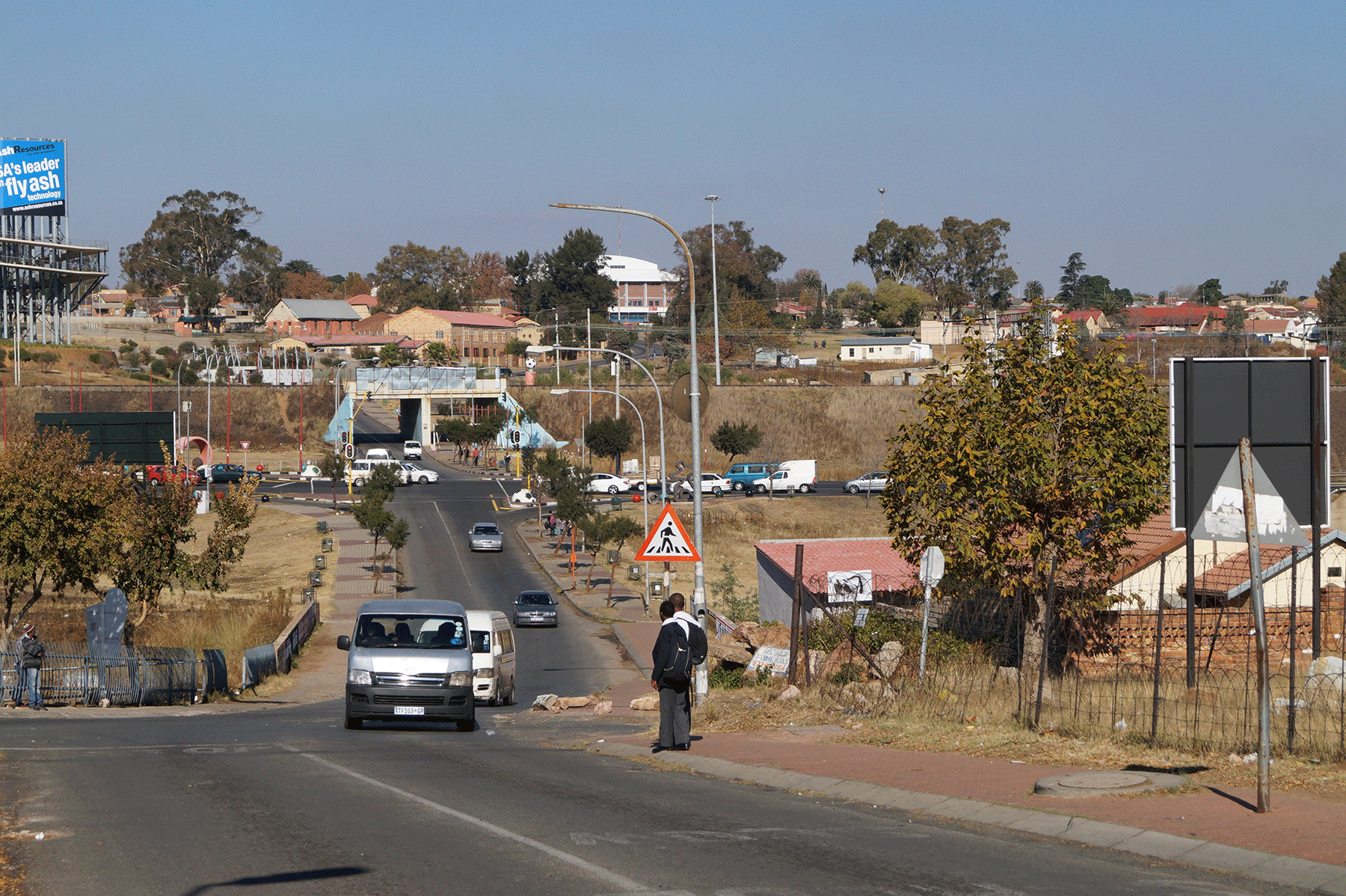 Soweto is a township in the city of Johannesburg, South Africa. The name “Soweto” is an abbreviation for “South Western Township,” which explains its geographic position relative to Johannesburg. Today, Soweto is integrated into the City of Johannesburg, but the history of its formation highlights the racial segregation enforced under apartheid law. After the Afrikaner-dominated National Party rose to power in 1948, they began to enforce apartheid law, which culminated in the Group Areas Act during 1950. This act assigned racial groups to different residential areas. As a part of this, blacks were forced out of formal cities and out of tribal villages and into condensed zones in order to concentrate them into smaller areas. To administer the Group Areas Act in the Johannesburg area, the government began building compact housing units southwest of the city in 1956, and in 1963, this area became formally known as Soweto—a black township on the outskirts of Johannesburg where nearly a million people were concentrated and dismissed.
Soweto is a township in the city of Johannesburg, South Africa. The name “Soweto” is an abbreviation for “South Western Township,” which explains its geographic position relative to Johannesburg. Today, Soweto is integrated into the City of Johannesburg, but the history of its formation highlights the racial segregation enforced under apartheid law. After the Afrikaner-dominated National Party rose to power in 1948, they began to enforce apartheid law, which culminated in the Group Areas Act during 1950. This act assigned racial groups to different residential areas. As a part of this, blacks were forced out of formal cities and out of tribal villages and into condensed zones in order to concentrate them into smaller areas. To administer the Group Areas Act in the Johannesburg area, the government began building compact housing units southwest of the city in 1956, and in 1963, this area became formally known as Soweto—a black township on the outskirts of Johannesburg where nearly a million people were concentrated and dismissed.
With a system of institutionalized poverty and oppression, opposition against corruption became a continuous theme in Soweto. Soweto became the birthplace for the African National Congress (ANC), which later became Nelson Mandela’s ruling party during his presidency. Soweto was also at one point the home to many of South Africa’s heroes, including Mandela himself and Desmond Tutu. While opposition against the apartheid government rose in Soweto, this culminated in many acts of violence, such as the 1976 Soweto uprising, in which police opened fire on over 10,000 protesting students, killing hundreds of them in the process.
With its dark history, Soweto today suffers from many of the residual effects of the apartheid regime. Soweto alone has an unemployment rate of 53% and South Africa has a Gini Coefficient of 63.4%, meaning that it is continuously one of the most inequitable countries in the world by a measure of income distribution. This inequality is centered in Soweto, as its poverty comes in stark contrast to Johannesburg, which is the financial capital of South Africa, thus making it the richest city in South Africa. In the midst of this disparity, Soweto is still filled with the same drive to fight against oppression that has produced progressive change within corrupt constructs. While there is still a long way to go, many communities in Soweto, such as St. Martin de Porres Parish and School in Orlando West, Soweto, are building the leaders of future generations that give hope to the Soweto narrative.
The Simunye Project: What Is It All About?
About Drew and Michael
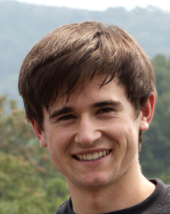 Drew Descourouez (Santa Clara University ’19) traveled to Soweto, South Africa in 2013, on Bellarmine College Preparatory Immersion trip. He has since traveled to nine other countries around the world and developed a deep desire to connect cultures through storytelling and personal relationships. Drew is also passionate about youth empowerment and hopes to learn more from his friends in Soweto about how young people can take responsibility for a shared future in a globalized world.
Drew Descourouez (Santa Clara University ’19) traveled to Soweto, South Africa in 2013, on Bellarmine College Preparatory Immersion trip. He has since traveled to nine other countries around the world and developed a deep desire to connect cultures through storytelling and personal relationships. Drew is also passionate about youth empowerment and hopes to learn more from his friends in Soweto about how young people can take responsibility for a shared future in a globalized world.
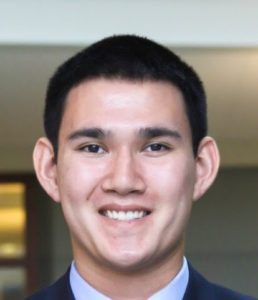 Michael Bakan (Georgetown University ’19) plans to study International Business and Marketing. Over the past two summers, he has traveled to Soweto, South Africa on an immersion trip through his former high school, Bellarmine College Preparatory. During these trips, Michael developed a passion for using graphic design and other forms of artwork to share the stories of his friends in Soweto, as they strive to create a better South Africa in a post-apartheid, post-Mandela world. He is excited to return to Soweto to strengthen the bonds of kinship with his South African friends and to share the voices of those who are not often heard but will play an integral role in our future.
Michael Bakan (Georgetown University ’19) plans to study International Business and Marketing. Over the past two summers, he has traveled to Soweto, South Africa on an immersion trip through his former high school, Bellarmine College Preparatory. During these trips, Michael developed a passion for using graphic design and other forms of artwork to share the stories of his friends in Soweto, as they strive to create a better South Africa in a post-apartheid, post-Mandela world. He is excited to return to Soweto to strengthen the bonds of kinship with his South African friends and to share the voices of those who are not often heard but will play an integral role in our future.

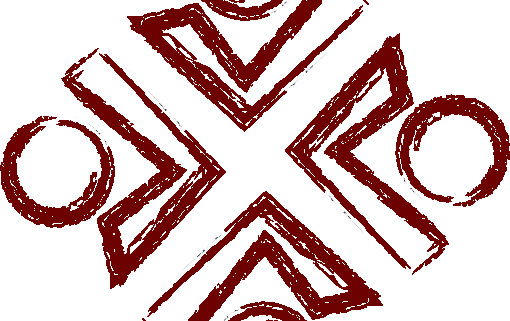
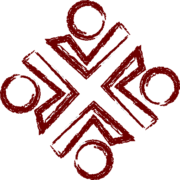
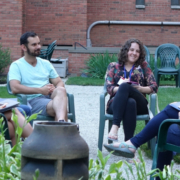

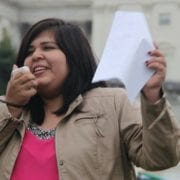
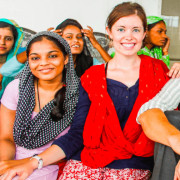





Leave a Reply
Want to join the discussion?Feel free to contribute!